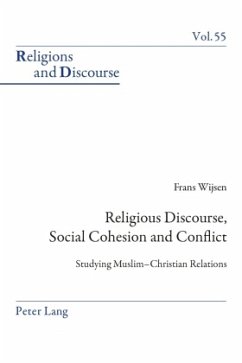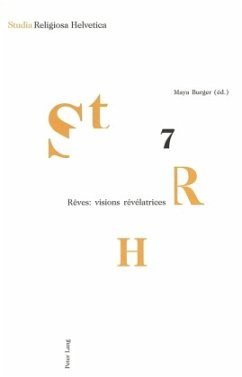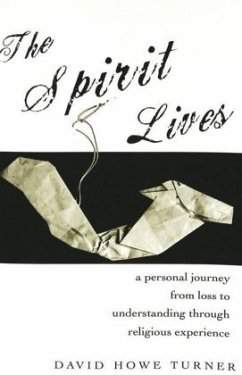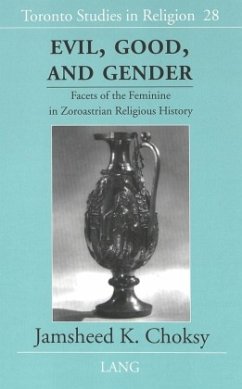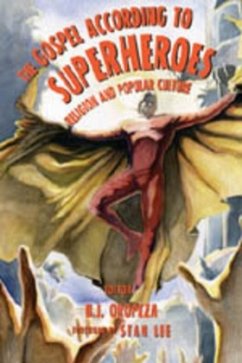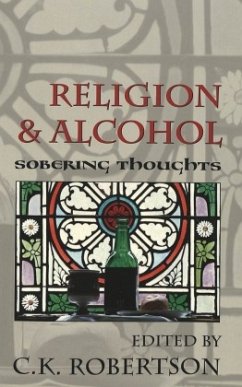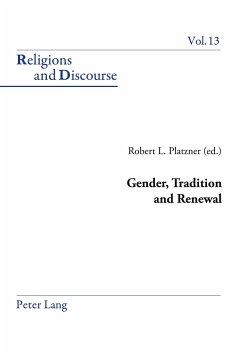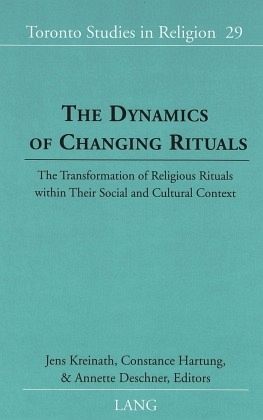
The Dynamics of Changing Rituals
The Transformation of Religious Rituals within Their Social and Cultural Context
Herausgegeben: Kreinath, Jens; Hartung, Constance; Deschner, Annette
Versandkostenfrei!
Versandfertig in 6-10 Tagen
97,20 €
inkl. MwSt.

PAYBACK Punkte
0 °P sammeln!
Most ritual participants claim that their rituals have been the same since time immemorial. Citing recent research in ritual studies, this book illustrates how, on the contrary, rituals are often subject to dynamic changes. When do rituals change? When is the change accidental and when is it on purpose? Are certain kinds of rituals more stable or unstable than others? Which elements of rituals are liable to change and which are relatively stable? Who has the power to change rituals? Who decides to accept a change or not? The Dynamics of Changing Rituals attempts to address these questions with...
Most ritual participants claim that their rituals have been the same since time immemorial. Citing recent research in ritual studies, this book illustrates how, on the contrary, rituals are often subject to dynamic changes. When do rituals change? When is the change accidental and when is it on purpose? Are certain kinds of rituals more stable or unstable than others? Which elements of rituals are liable to change and which are relatively stable? Who has the power to change rituals? Who decides to accept a change or not? The Dynamics of Changing Rituals attempts to address these questions within this new field of ritual studies.





